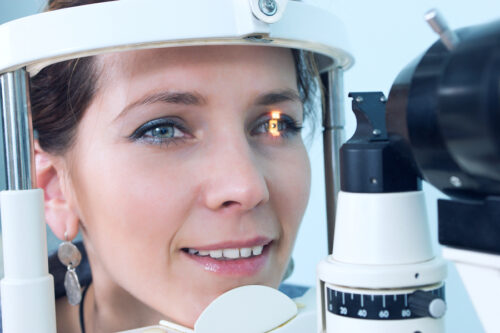 Why Regular Eye Checkups Are More Than Just Vision Tests
Why Regular Eye Checkups Are More Than Just Vision Tests
We rely on our eyesight for countless daily tasks, from work and hobbies to simple, everyday actions we barely register. While those blessed with naturally clear vision might think routine eye exams are unnecessary, even individuals who wear glasses or contacts may not realize the full scope of what these checkups can reveal.
A complete eye examination goes far beyond just checking how well you see and correcting common vision problems like nearsightedness or farsightedness. It’s a window into your overall health. These assessments can uncover early signs of serious medical conditions such as diabetes, high blood pressure, and rheumatoid arthritis, in addition to spotting potential eye diseases. Early detection through an eye exam allows for timely treatment, minimizing the risk of long-term health issues.
How Often Should You Schedule an Eye Exam?
The American Optometric Association (AOA) suggests that adults should have their eyes checked at least every two years. However, if you have a family history of eye disease, existing eye conditions, experience vision problems, eye pain, or other related symptoms, you should schedule more frequent appointments. Adults aged 65 and older should have a comprehensive eye exam every year.
For children, the AOA recommends an initial eye exam between six and twelve months of age. If the first exam and family history don’t indicate a risk of vision problems, a follow-up exam should take place between the ages of three and five, and another before starting first grade. Due to rapid eye development and increased screen time, many eye professionals recommend yearly eye exams for children in school.
What Happens During a Comprehensive Eye Exam?
A thorough eye exam, conducted by an optometrist or ophthalmologist, involves a series of tests to evaluate both your vision and the health of your eyes. Here’s a look at some of the common tests:
- Eye Muscle Function Test: This test checks how your eye muscles work by observing your eye movements in different directions, helping to identify any abnormalities.
- Vision Sharpness Test: Using a standard eye chart, this test measures how clearly you see at both near and far distances.
- Prescription Assessment: This determines if you need corrective lenses and identifies the correct prescription, often using a computerized refractor and a phoropter.
- Peripheral Vision Test: Also known as perimetry, this test measures your side vision and can detect signs of conditions like glaucoma.
- Color Vision Evaluation: Typically using color plate tests, this assesses your ability to distinguish colors, screening for color blindness.
- Slit-Lamp Examination: This provides a magnified, three-dimensional view of the eye’s structures, allowing for the detection of any abnormalities.
- Retinal Examination: This involves examining the back of your eye, including the retina, optic disc, and blood vessels, often after dilating your pupils.
- Glaucoma Screening: This includes tests like tonometry, which measures the pressure inside your eye, and ophthalmoscopy, which examines the optic nerve, to detect signs of glaucoma.

